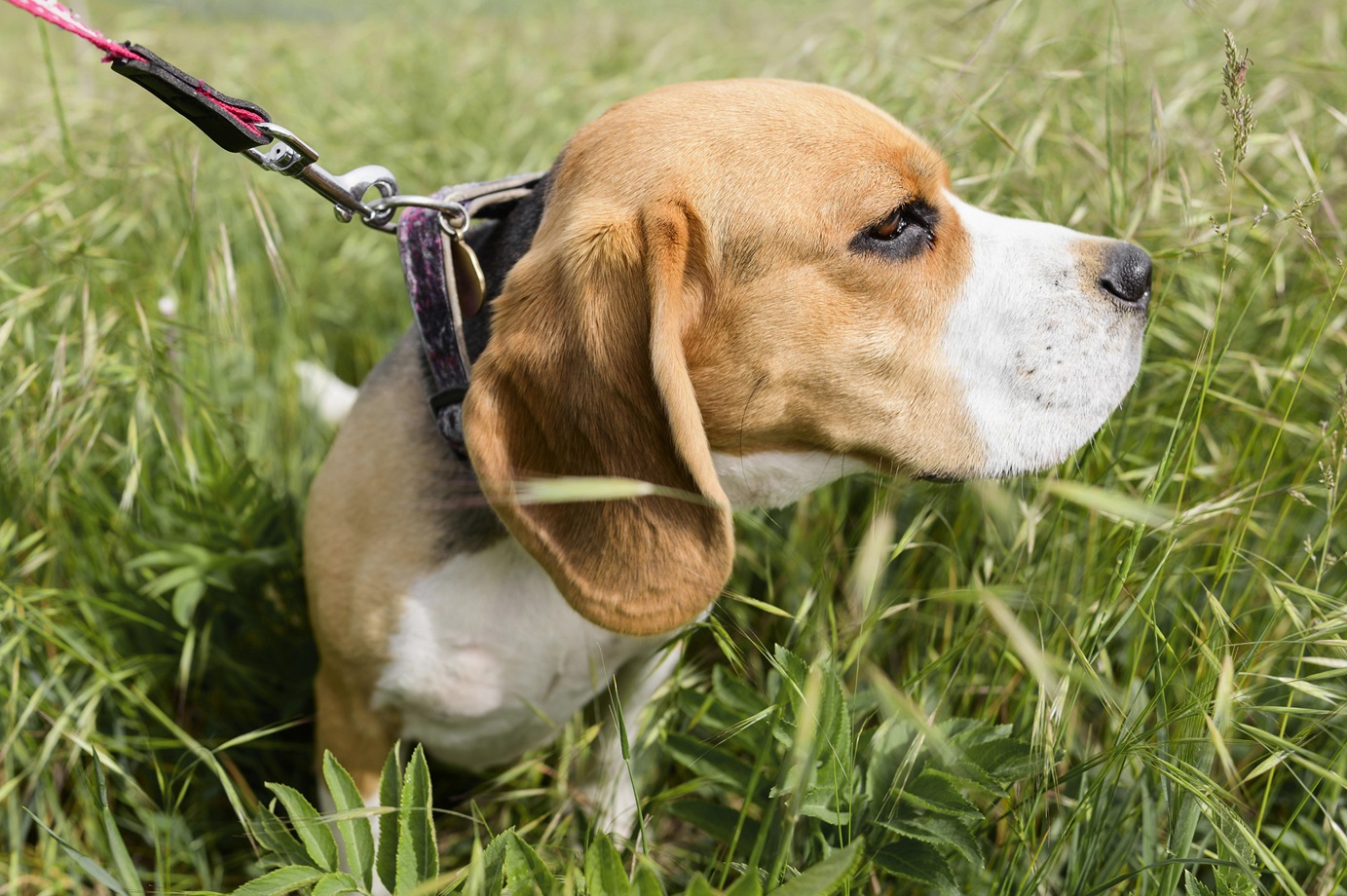Dog collars are essential accessories for pet safety, training, and identification. With various types on the market, choosing the right one requires an understanding of your dog’s needs, behavior, and lifestyle. This guide explores the key aspects of dog collars, from their functions to the best practices for selecting and using them.
Why Are Dog Collars Important?
Dog collars serve multiple purposes, including:
- Identification: Collars with tags help reunite lost dogs with their owners by displaying the pet’s name and contact information.
- Control and Training: Collars make leash attachment easy, aiding in walks and training.
- Fashion: Many owners choose stylish collars to reflect their dog’s personality.
Types of Dog Collars
1. Flat Collars
- Description: Standard collars made of nylon, leather, or fabric with a buckle or snap closure.
- Best For: Everyday use and dogs with calm behavior.
- Pros: Comfortable, lightweight, and available in various designs.
2. Martingale Collars
- Description: Semi-tightening collars that prevent dogs from slipping out.
- Best For: Dogs with narrow heads (e.g., Greyhounds) or leash-pullers.
- Pros: Provides control without choking.
3. Harness Collars
- Description: Wraps around the dog’s chest and shoulders.
- Best For: Small breeds, dogs with respiratory issues, or pullers.
- Pros: Reduces neck strain and improves control.
4. Choke Chains and Prong Collars
- Description: Metal collars that tighten when pulled.
- Best For: Training under professional guidance.
- Cons: Risk of injury or stress if misused.
5. GPS Collars
- Description: High-tech collars with tracking devices.
- Best For: Dogs prone to wandering.
- Pros: Offers peace of mind with location tracking.
6. Shock or Electronic Collars
- Description: Designed for remote training or deterrent purposes.
- Best For: Specific behavioral training under expert supervision.
- Cons: Controversial due to potential harm.
Materials to Consider
- Nylon: Durable and affordable, suitable for active dogs.
- Leather: Elegant and long-lasting, often more expensive.
- Fabric: Soft and lightweight, ideal for small or sensitive dogs.
- Metal: Used in chain collars, durable but heavier.
How to Choose the Right Collar
- Measure Your Dog’s Neck: Use a soft tape to measure, leaving room for two fingers between the collar and neck.
- Consider Your Dog’s Activity Level: For energetic dogs, choose a durable, waterproof material.
- Behavioral Needs: Evaluate your dog’s temperament and training requirements to determine the type of collar.
- Check for Safety Features: Look for breakaway designs for dogs prone to tangling.
Tips for Using Dog Collars
- Regularly inspect the collar for wear and tear.
- Ensure proper fit to avoid choking or slipping off.
- Use training collars only under professional guidance.
- Add an ID tag with your contact information.
Conclusion
A well-chosen dog collar not only keeps your pet safe but also ensures comfort and control. Whether it’s for daily walks, training, or fashion, understanding your dog’s unique needs will help you make an informed choice.
For additional guidance or recommendations, consult your veterinarian or a professional trainer.

